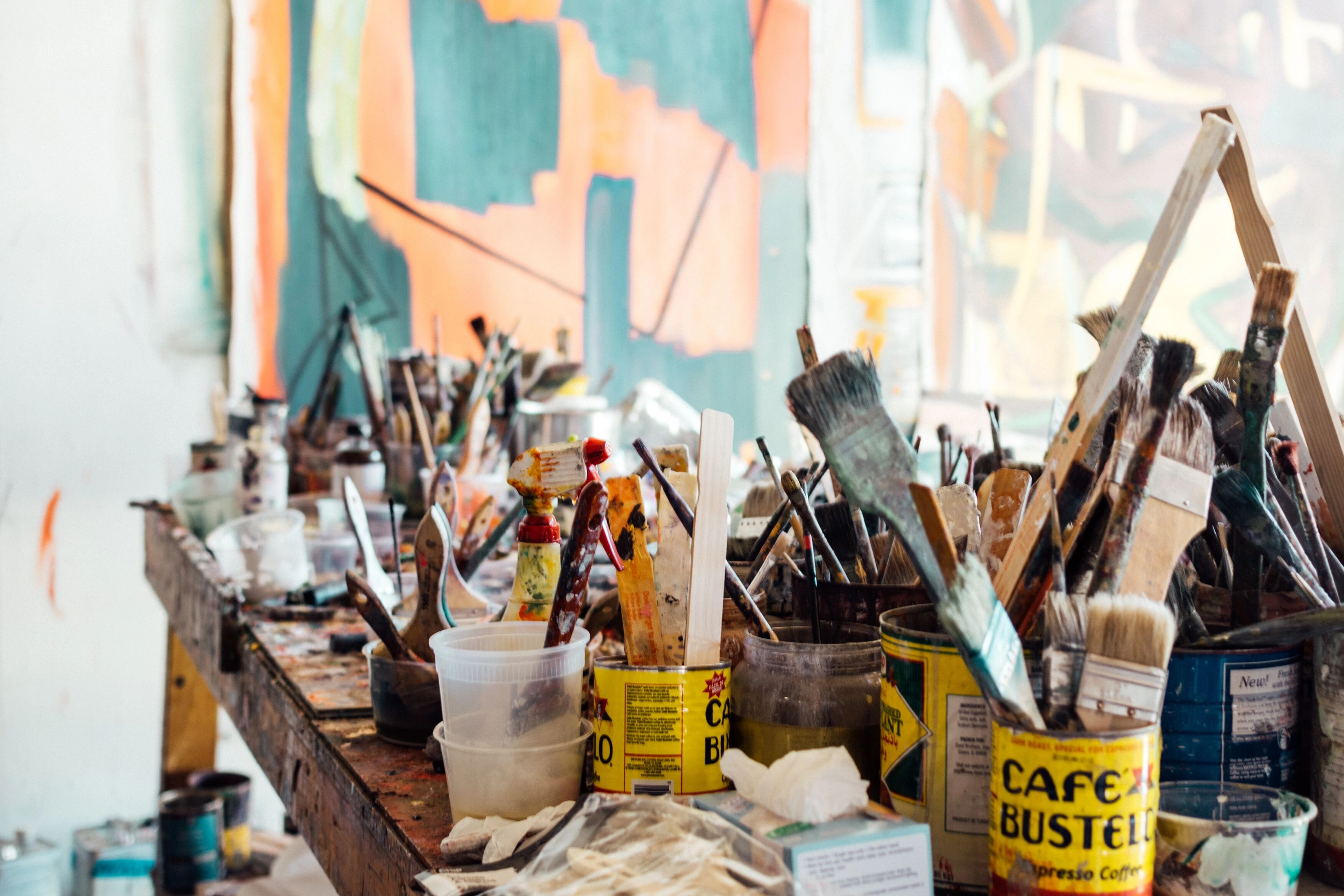
Giclée Prints Demystified: The Artist's Definitive Guide to Quality, Value & Care
An artist's comprehensive guide to giclée prints. Explore their technical marvel, art historical context, how to spot quality, ensure longevity, and why they're essential in contemporary art collections.
Beyond the Buzzword: My Candid Guide to Giclée Prints for the Art Collector
I'll be honest, when I first heard the term giclée print, I probably made a face similar to yours right now – a mix of confusion and mild skepticism. It sounded fancy, a bit pretentious, and I immediately wondered if it was just an art world marketing ploy to charge more for... well, prints. But like many things in life, once I started digging, I found there's a fascinating story underneath, one that's incredibly relevant for us, the art collectors, or even just the art curious. This guide aims to demystify giclée prints, empowering you to recognize their true value and quality for your collection, covering exactly what they are, why they matter to collectors, and how to care for them.
You see, I've spent a fair bit of time on both sides of the canvas, creating art and then seeing it find its way into homes. This journey has taught me that connecting with art isn't always about owning the single, unique original. Sometimes, it's about accessibility, about preserving an image with impeccable fidelity, and about making beauty a little more attainable.
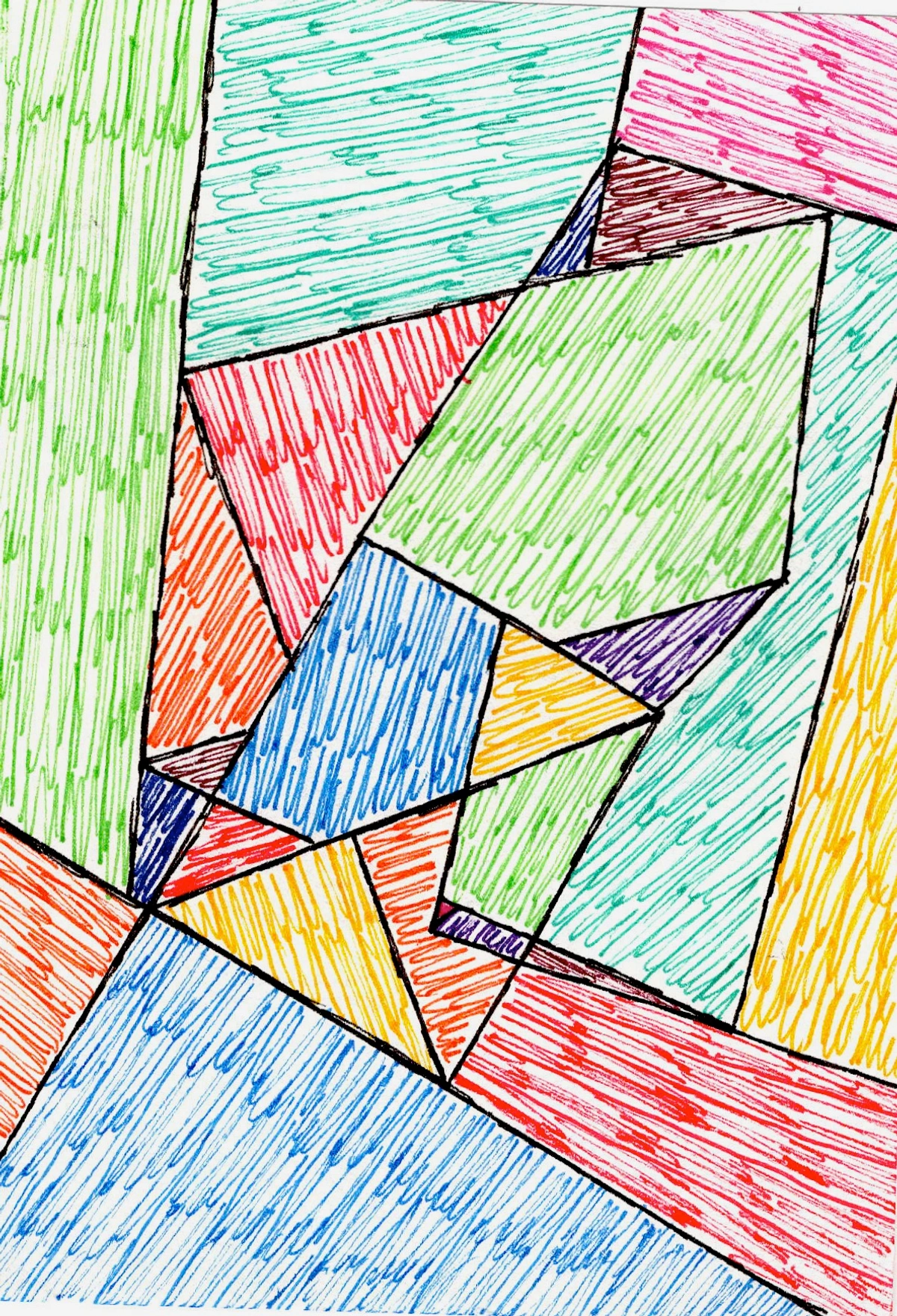
What Exactly Is a Giclée Print, Anyway? My Straightforward Explanation
Let's cut through the jargon. Giclée (pronounced "zhee-clay," if you're wondering, it's French for "to spray" or "to squirt," which, let's face it, sounds a little less sophisticated than the art itself) refers to a type of archival inkjet print. Now, don't let "inkjet" fool you into thinking of your desktop printer spitting out a blurry holiday snap. We're talking about a fundamentally different class of printing. These aren't just any inkjets; we're talking about high-end, professional-grade machines often employing advanced piezoelectric print heads (rather than thermal, which can degrade ink less gracefully) and boasting 8 to 12 or more individual ink channels for an astonishingly wide color gamut and smoother gradients. Instead of using heat to push ink (which can actually degrade the ink pigments prematurely), piezoelectric heads vibrate mechanically. Think of it like a finely tuned drum tapping out microscopic droplets, ensuring crisp details and a longer, happier life for the ink particles.
The journey to modern giclée is quite fascinating. It wasn't an overnight invention but an evolution of digital printing technology. Early inkjet printers, while revolutionary for documents, lacked the precision and ink stability for fine art. But through relentless innovation in the late 20th century, particularly with companies like Iris Graphics in the 1980s, the technology advanced. We saw the development of printers capable of handling larger formats, microscopic droplet sizes, and crucially, new ink formulations. This evolution wasn't just about printers; it was also greatly aided by parallel advancements. High-resolution scanners became incredibly precise, allowing artists to faithfully digitize their physical artworks, capturing every nuanced brushstroke or color blend. At the same time, the rise of advanced digital cameras meant artists could create 'born-digital' art with incredible fidelity from the outset, all serving as perfect source files for giclée. These advancements paved the way for what we now recognize as giclée, transforming digital files into tangible works of art with incredible fidelity.
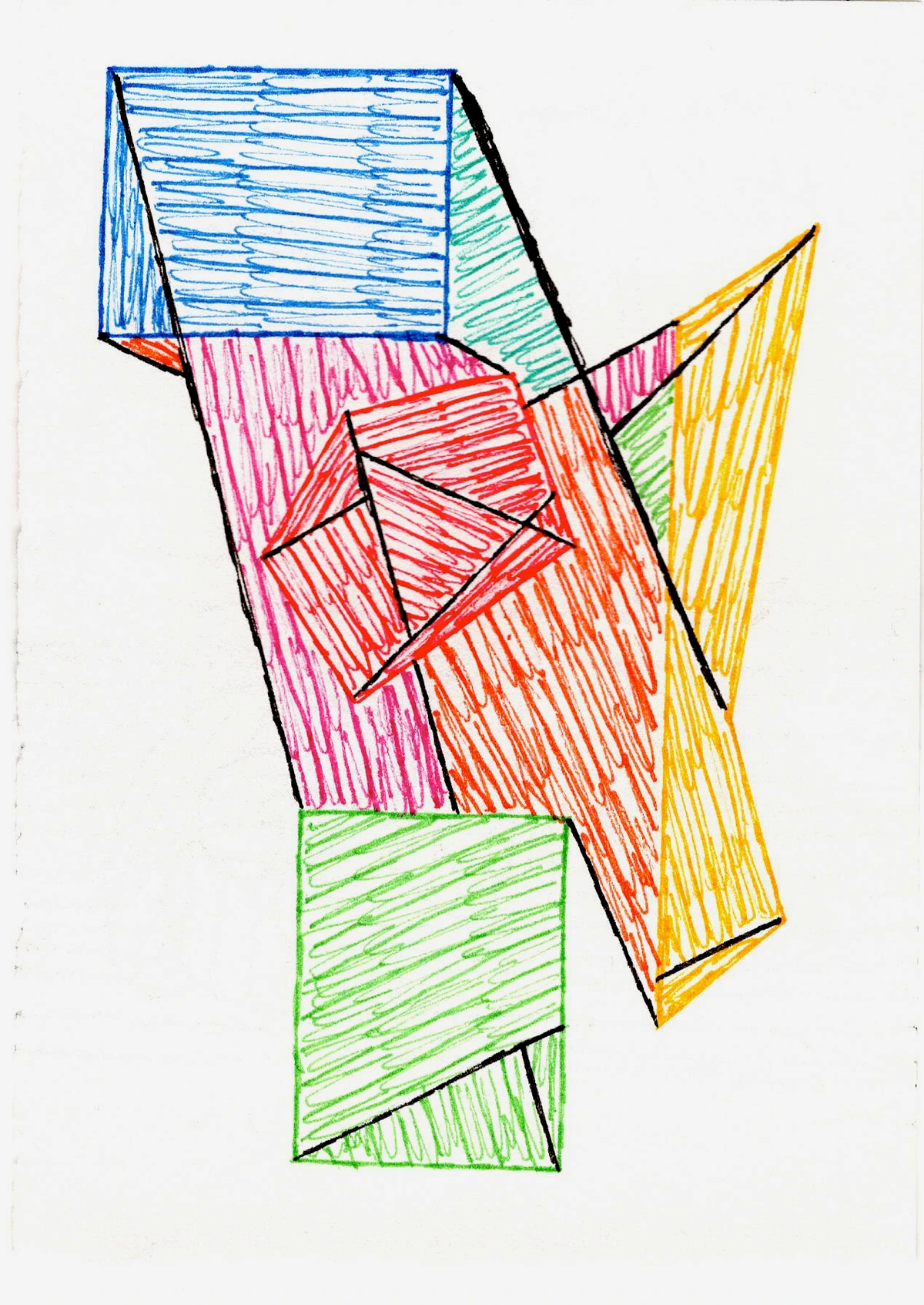
Imagine a high-resolution digital image file – perhaps a scan of an original painting or a digital artwork I've created myself. This image is then printed using those sophisticated, large-format inkjet printers that employ archival pigment inks. These aren't just a generic category. We're talking about sophisticated formulations like Epson's UltraChrome or Canon's Lucia inks, designed with microscopic pigment particles suspended in a resin that resists fading and environmental degradation. These aren't your run-of-the-mill dyes, which tend to be water-soluble and susceptible to UV degradation; these are inks where the color particles are suspended in a solution, making them incredibly stable and resistant to fading and degradation for decades, sometimes even centuries, under proper conditions. Pigment inks offer superior lightfastness, resistance to environmental pollutants like ozone, and can reproduce a significantly wider color gamut, leading to richer, more vibrant prints than dye-based alternatives. Think museum-quality longevity.
The other crucial ingredient? The substrate. This is the material the art is printed on. For giclées, it's typically a high-quality, acid-free paper or canvas, chosen specifically to complement the artwork and further enhance its archival properties. I've spent countless hours choosing between different fine art papers – from thick, textured matte papers like Hahnemühle Photo Rag or Somerset Velvet that soak up light and give a rich, velvety feel, to smooth baryta papers with a subtle sheen that enhances color depth, or even textured canvas that mimics an original painting, like Canson Infinity. Each choice subtly alters the artwork's presentation, a deliberate decision by the artist. The combination of these specialized inks and premium substrates is what elevates a giclée far beyond your average poster. It’s about precision, durability, and a breathtaking faithfulness to the original artwork's colors and details.
In essence, giclée printing is a marriage of cutting-edge technology and artistic intent, resulting in prints of unparalleled quality.
The "Why" Behind the Wow: Quality, Longevity, and That Little Something Extra
So, why should you, as a collector, care about this fancy printing method? Well, for a few very compelling reasons.
Color Fidelity and Detail
First, the color fidelity and detail. I've seen giclées that are so vibrant, so true to the original, it's genuinely hard to tell the difference at a glance. The printers use an expanded color gamut, meaning they can reproduce a wider range of colors than standard printing methods. This is crucial for capturing the subtle nuances, the vivid splashes, or the delicate gradients in my abstract work, for instance. It's like hearing a piece of music on a high-end sound system versus a tinny phone speaker – same song, wildly different experience. And speaking of capturing nuances, a crucial, often unsung hero in this process is the RIP (Raster Image Processor) software. This isn't just basic print software; it's a sophisticated interpreter that translates the digital file's colors with incredible precision, ensuring the printer lays down the exact right amount of each pigment to match the artist's original vision, even across those 8 to 12 or more ink channels.
Now, you might be wondering how giclée stacks up against other revered printmaking techniques like traditional lithography or screen printing. While those methods have their own unique charm and history, often limited by the number of colors that can be mixed or the need for separate plates, giclée offers unparalleled photographic precision and color accuracy, especially for reproducing complex digital artworks or detailed paintings. Unlike lithography, which relies on chemical processes, or screen printing, which uses stencils, giclée is a direct digital process, allowing for infinite color variations and intricate details. It opens up new possibilities for artists, including those working exclusively in digital mediums.
Unparalleled Longevity
So, with that level of meticulous color, you'd want it to last, right? That brings me to the next big reason why giclées are so compelling: their unparalleled longevity. My grandmother had this beautiful print she bought decades ago; it sat by a window, and bless its heart, it faded faster than my enthusiasm for cleaning the studio. Giclée prints, thanks to those archival pigment inks and acid-free papers, are engineered to last. We're talking about prints rated to resist fading for 100 to 200 years, depending on the inks and display conditions. This isn't just a print; it's a legacy. If you're investing in art, even prints, you want them to stand the test of time, don't you? It's like insuring your art – a comfort for the future. Speaking of which, if you're thinking about protecting your more valuable pieces, you might want to look into understanding art insurance: protecting your valuable collection.
Ultimately, giclée prints offer an exceptional blend of visual accuracy and enduring quality, making them a wise choice for any collector.
Authenticity and Value: What Makes a Giclée Collectible?
Now, let's wade into a part of art collecting that can feel a bit like a mystery novel: authenticity and value. It's where the rubber meets the road for a collector's discernment, and trust me, there are layers. Just like traditional limited edition prints (think lithographs or etchings), giclées gain their value from several factors:
- Artist's Reputation: Is the artist established? Do they have a market? For emerging artists, gauging their reputation involves looking at their exhibition history, reviews, any awards they've received, and how consistently their work is being shown and acquired. It’s about recognizing potential and belief in their long-term artistic journey. I remember when I was first starting out, every gallery show felt like a huge validation, slowly building that trust—though my early attempts at self-promotion were frankly, a bit awkward and endearing in retrospect.
- Edition Size: A truly limited edition (e.g., 1/50) will almost always be more valuable than an open edition or a larger run. Fewer pieces mean greater rarity. It’s simple economics – scarcity drives demand. An open edition giclée, while still high quality, is not numbered and can be reproduced indefinitely, thus its value is primarily decorative rather than investment-oriented. A limited edition giclée, on the other hand, is a defined set, often signed and numbered.
- Artist's Signature and Numbering & COA: A hand-signed and numbered giclée print, often accompanied by a Certificate of Authenticity (COA), significantly increases its collectible value. This COA isn't just a fancy piece of paper; it should detail the edition size, print date, substrate used, ink types, and provide a unique identifier for that specific print. It's the artist's personal stamp, a guarantee of their involvement and approval, and frankly, a piece of mind for you, the collector.
- Artist's Proof (AP): Sometimes you'll see a small number of prints designated "AP" or "Artist's Proof." These are traditionally prints outside the main edition, initially used by the artist to check the quality before the full run. They are usually signed and numbered separately (e.g., AP 1/5) and can hold significant value, often even more so than the regular edition, as they are direct reflections of the artist's approval of the printing process.
- Artist's Digital Craftsmanship: This is also where the artist's digital craftsmanship truly shines. Beyond the physical output, their skill in preparing the digital file—from high-resolution scanning or direct digital creation, to meticulous color correction and file optimization—is an art form in itself. It's about ensuring the digital 'master' is flawless before it ever touches paper, guaranteeing the integrity of the final print.
- Artist's Studio Practices & Quality Control: Beyond the signature, a reputable artist often has stringent studio practices. This includes meticulous color calibration, print profiling, and a rigorous quality control process where each print is individually inspected for flaws before it's signed, numbered, or even offered for sale. It’s the behind-the-scenes work that ensures consistency and excellence across an entire edition.
For me, printmaking, including giclée, isn't just about reproduction; it's an art form in itself. The selection of papers, the precise color matching, the decision on edition size – these are all artistic choices. When I create a giclée, I consider it an extension of my artistic practice, a way to share my vision with more people. Each print is carefully checked and signed, because my reputation is on that paper. If you're ever in doubt about the value or authenticity of any artwork, a professional appraisal can be incredibly enlightening. I always recommend collectors understand understanding art appraisals: what every collector needs to know. And sadly, in the art world, you do need to be vigilant. Knowing how to spot a fake is a skill every collector should hone; it's why I found a collector's guide to identifying and avoiding art forgeries in the abstract market so useful for myself.
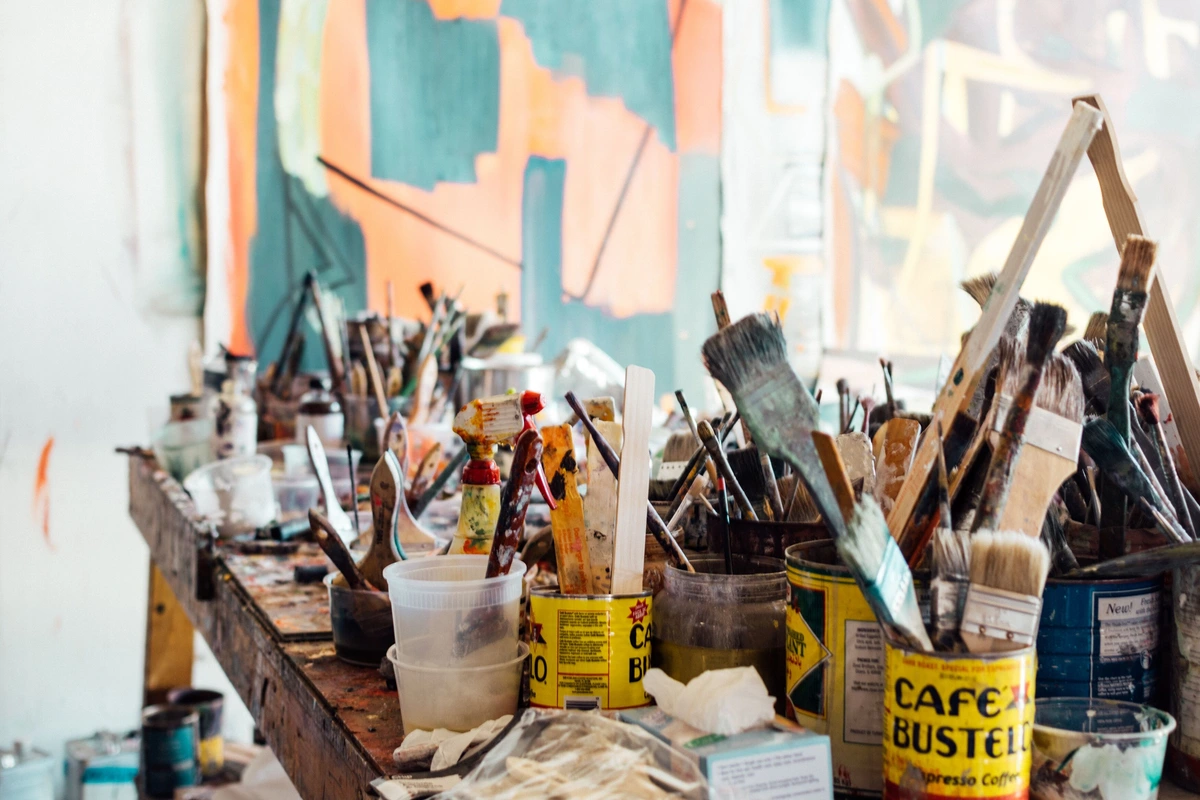
A well-chosen giclée from a reputable artist, particularly a limited edition, can certainly become a treasured and valuable part of a collection.
Giclée vs. Original: Understanding the Distinction
One question I get asked a lot, and it's a completely fair one, is how to think about a giclée in relation to an original. It's a common point of comparison, and understanding the distinction is key. They are fundamentally different beasts. An original is unique, bearing the direct touch of the artist's hand – the texture of the paint, the specific brushstrokes, the very physical history of its creation. A giclée is a reproduction, albeit a very high-quality one, of that original or a digital artwork. Its value comes from its scarcity (if limited edition), its quality, and the artist's reputation, rather than its singular existence. Both have their place in a collection, depending on your goals and budget. One isn't inherently "better" than the other; they simply serve different purposes and offer different avenues for art appreciation. Sometimes, an artist might even create an artist-enhanced giclée. This is where they personally add unique hand-painted elements, subtle textures, or specific embellishments directly onto the print after it's been produced. It's a fascinating hybrid, essentially making each enhanced giclée a unique piece that bridges the gap between a pure reproduction and an original artwork, often carrying a higher value due to the artist's direct, individual intervention.
Understanding this core difference is key to building a discerning art collection, and it allows you to appreciate the unique merits of each.
Caring for Your Giclée: A Little Love Goes a Long Way
So, you've decided to bring a beautiful giclée into your home. Fantastic! But now what? How do you keep it looking as vibrant as the day it arrived, ensuring its legacy for generations? It's not rocket science, but a few simple habits will make all the difference. I once, rather foolishly, thought a piece would be fine near a bright window 'just for a few weeks'. Those few weeks turned into months, and while the damage wasn't catastrophic, it was a harsh reminder that even the most archival pieces need a little respect for their boundaries. Learn from my slight oversight!
- Mind the Light: Direct sunlight is the arch-nemesis of any artwork, giclée included. Even with archival inks, prolonged exposure to UV light will cause fading over time. Indirect light is your friend. This also goes for how you light your art in general; thoughtful illumination can really make a piece sing. I've previously explored how to choose the right lighting to enhance your abstract art collection.
- Frame it Right: If it's a paper giclée, professional framing behind UV-protective glass or acrylic is paramount. This creates a barrier against dust, pollutants, and those pesky UV rays. For paper prints, a float mount can be a beautiful choice, showcasing the natural deckled or torn edges and allowing the entire paper to breathe within the frame, which is often a deliberate artistic decision to highlight the substrate's quality. Ensure it's acid-free matting and backing too, to prevent chemical degradation of the print itself. Proper handling during the framing process is also crucial; I once had a client who tried to frame a larger print themselves and ended up with a small crease – heartbreaking! Always entrust it to a professional. To clean the glass of a framed print, use a soft microfiber cloth and a mild, ammonia-free glass cleaner. Crucially, spray the cleaner onto the cloth first, not directly onto the frame or glass. You don't want any moisture seeping into the frame or behind the glass, which could damage the artwork or matting. I also often stress the importance of good art storage solutions for collectors which can give you more tips.
- Humidity and Temperature: Extreme fluctuations are a no-go. Keep your giclée in a stable environment, away from damp basements or steamy bathrooms (unless you're really daring, but I wouldn't recommend it!). Think of it as needing a consistent, comfortable environment, much like you do.
- Handling with Utmost Care: Always, always handle prints by the edges, preferably with clean cotton gloves. Even with gloves, avoid touching the printed surface directly, as oils can still transfer and cause subtle, long-term damage. Treat it like the precious artwork it is – a delicate surface with layers of pigment that deserve respect.
- Canvas Prints Care: And what about canvas giclée prints? If your giclée is on canvas, it might come varnished, which offers an extra layer of protection against UV light and minor abrasions. If it’s unvarnished, you might consider having a professional apply an archival varnish. Cleaning a canvas giclée typically involves gently dusting with a soft, dry brush or cloth, avoiding any moisture unless specifically advised by the artist or a conservator for a varnished surface.
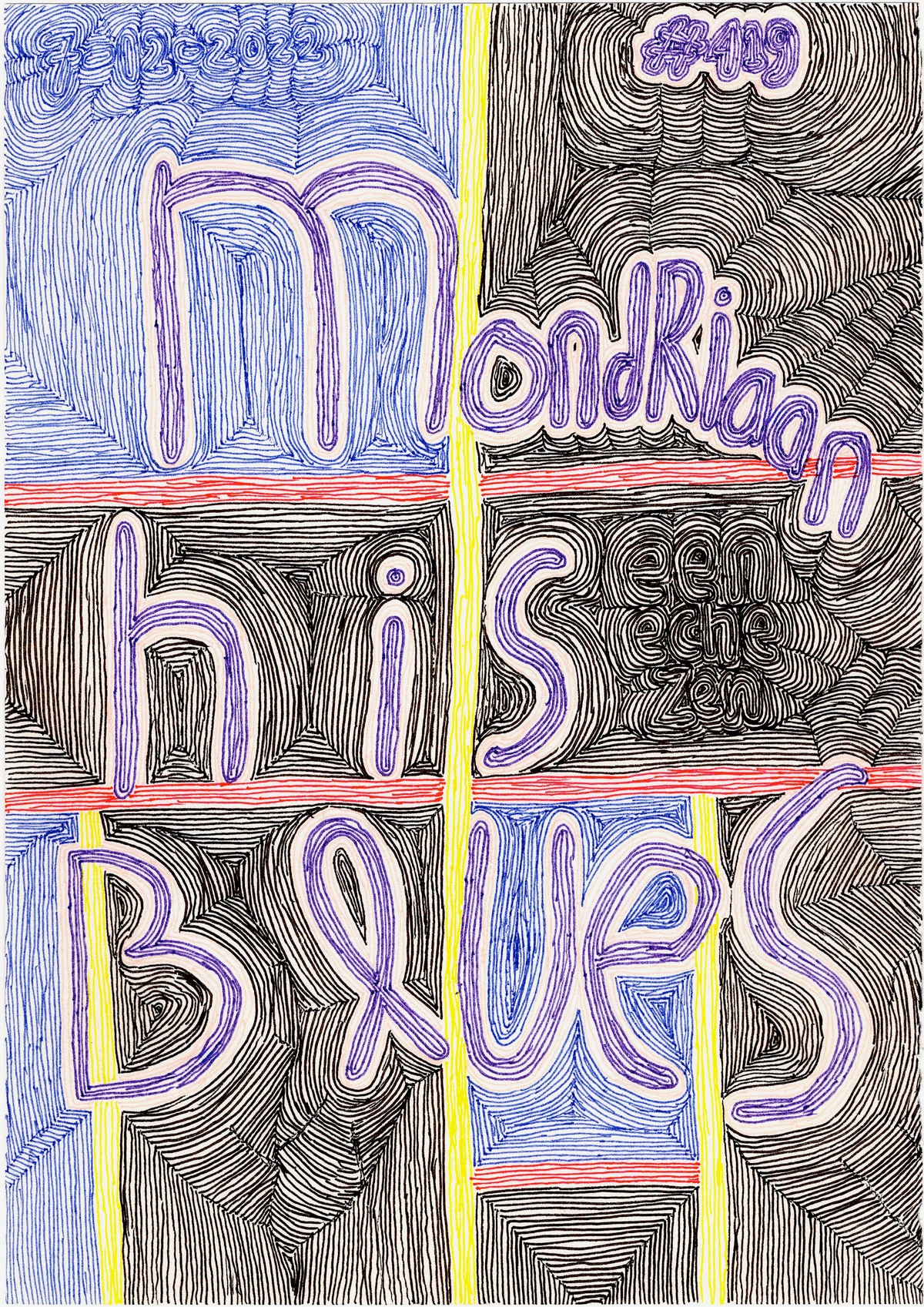
A little proactive care ensures your giclée remains a vibrant focal point in your collection for decades to come.
The Collector's Conundrum: Is a Giclée "Real Art?" My Unvarnished Opinion
This is the big question, isn't it? The one that usually simmers beneath the surface, often whispered at gallery openings. For me, the answer is an emphatic, resounding "Yes," but with crucial context. Art, in its essence, is about expression, emotion, and connection. A giclée print, especially a high-quality, limited edition one, embodies all of that.
I think about the history of art and how printing techniques have evolved – from woodcuts to etchings to photography, which, for a long time, faced its own battle to be accepted as 'fine art' by the establishment. Critics scoffed, purists recoiled, but eventually, photography's unique expressive power won out. Each medium has been embraced, then questioned, then ultimately integrated into the vast tapestry of fine art. Giclée is simply the latest chapter in this ongoing story. The rise of digital abstract art has further blurred these lines, making the quality of reproduction even more vital. In fact, giclée technology is central to how digital art finds its physical form, allowing artists to create stunning, tangible pieces from purely digital origins, thereby expanding the very definition of what fine art can be. Moreover, the proliferation of digital art platforms and online galleries has further cemented the giclée's place, making high-quality art accessible to a wider global audience.
For me, when I make my art available as giclée prints (you can often find some pieces for sale on my site here), it's a conscious decision, a statement. It allows someone who loves my work, but perhaps can't invest in an original painting, to still bring that energy into their space. It democratizes art without compromising on quality. And frankly, if it sparks joy and adds beauty to your life, who am I – or anyone else – to say it's not "real art"? The intent, the craftsmanship, and the emotional resonance are all there, meticulously transferred to the archival paper or canvas. To dismiss giclée is, I believe, to misunderstand the evolving landscape of contemporary art.
Ultimately, a giclée print, born from artistic intent and technical mastery, absolutely stands as a legitimate form of fine art.
Frequently Asked Questions About Giclée Prints
Q: What's the main difference between a giclée print and a regular poster or print? A: Oh, it's night and day! A "regular" print or poster is often produced using offset lithography, which is a mass-production technique with lower resolution, cheaper dye inks, and non-archival paper. Giclée prints, on the other hand, use specialized inkjet printers, high-quality archival pigment inks, and acid-free fine art papers or canvas. This results in superior color accuracy, much finer detail, and vastly improved longevity. Think of a giclée as a fine wine and a regular print as table wine; both are wine, but the quality and experience are in different leagues.
Q: Are giclée prints a good investment for collectors? A: That's a tricky one, and honestly, it depends. Like any artwork, its investment value is tied to the artist's reputation, the edition size, and market demand. A limited edition giclée by a renowned or emerging artist can appreciate in value, especially if the artist's other works are highly sought after. However, I always tell people to buy art because you love it and want to live with it; the primary joy should come from owning and experiencing the art, with any financial appreciation being a secondary, non-guaranteed bonus. It's about aesthetic enjoyment and personal connection first, then potential investment. From my experience, a well-chosen giclée will always be a worthwhile addition to your home, regardless of market fluctuations.
Q: How can I tell if a giclée print is high quality? A: Look for a few key indicators:
- Clarity and Detail: The image should be sharp, with no pixelation or blurriness. Fine lines and intricate details should be crisp.
- Color Vibrancy and Smoothness: Colors should be rich and true to the original (if you've seen it), with smooth transitions and no banding.
- Substrate Quality: The paper or canvas should feel substantial, not flimsy. It should be acid-free, and often artists will specify the brand and type of archival media used. Don't be shy to ask about the specific archival qualities.
- The Feel of the Print: High-quality giclées often possess a distinct tactile quality – a certain weight, texture, or even a subtle relief from the ink that distinguishes them from cheaper, mass-produced reproductions. It just feels right.
- Artist's Approval & COA: Ideally, it should be hand-signed and numbered by the artist, and come with a Certificate of Authenticity (COA). Make sure the COA is detailed, providing information about the edition, media, and inks used.
Q: How long do giclée prints typically last? A: With proper care – meaning framed under UV-protective glass, displayed away from direct sunlight, and kept in a stable environment – a high-quality giclée print made with archival pigment inks can last for 100 to 200 years without noticeable fading. It's essentially built to be an heirloom, a piece that can be enjoyed by generations.
Q: What's the difference between "fine art paper" and "photo paper" for giclées? A: This is a great question! While both can produce good images, photo paper is generally designed for photographic reproductions, often has a resin coating (RC paper), and while good for vibrancy, it might not offer the same archival qualities or tactile experience as true fine art paper. Fine art papers, like those from Hahnemühle or Canson Infinity, are typically thicker, made from cotton rag or alpha-cellulose, are acid-free, and come in a wider range of textures (matte, satin, baryta). You'll often see their weight described in GSM (grams per square meter), with higher numbers (e.g., 200 GSM to 350+ GSM) indicating a more substantial, higher-quality paper. They are specifically formulated to interact with pigment inks for maximum longevity and aesthetic appeal, and their surface often plays a role in the artwork's overall presentation. Think of it as the difference between a high-quality poster board and a specially crafted canvas for a painting – both hold an image, but one is designed for enduring artistic expression.
My Final Thought: It's All About Connection
Ultimately, whether you're looking at an original painting or a beautifully crafted giclée print, the goal is the same: to connect with art that moves you. As we explored in the FAQs, while investment can be a consideration, the true value of any artwork, giclée included, lies in its ability to enrich your life. Giclée technology simply expands the ways we can do that, offering a bridge between the artist's initial vision and your desire to bring that vision into your world. For me, offering giclées is a direct way to share my artistic passion and make it more accessible, allowing more people to experience the joy of owning fine art – and honestly, there's a unique satisfaction for me as an artist in seeing my work find new homes and connect with people who truly resonate with it. It’s a truly enriching connection for everyone involved.
Don't let the technical terms scare you away. Embrace the opportunity to collect stunning, enduring art that resonates with your spirit. It's a journey, this art collecting thing, and giclée prints are a wonderful stop along the way. Perhaps you'll even visit my museum in 's-Hertogenbosch someday and see some of my work up close, or follow my artist's journey through the years. Until then, happy collecting!




